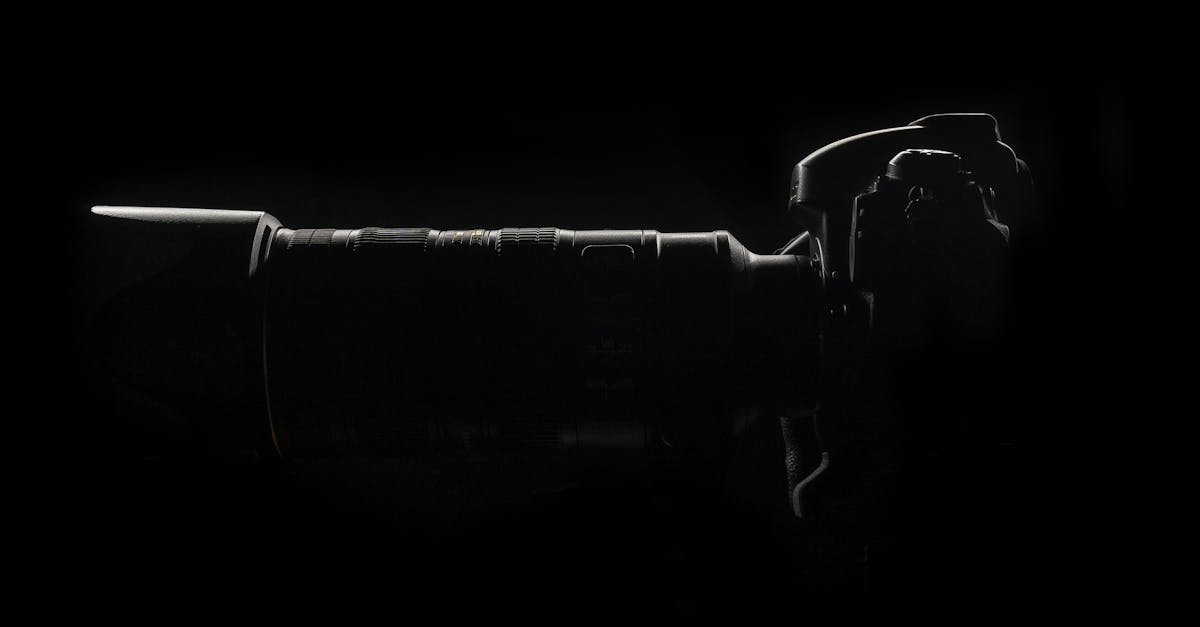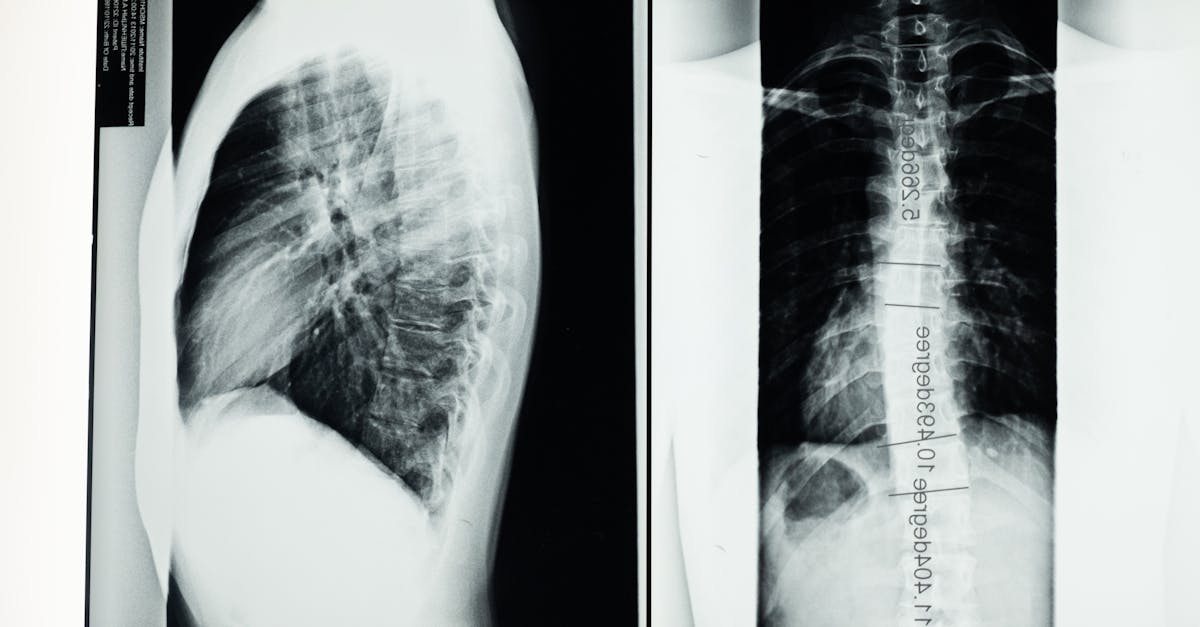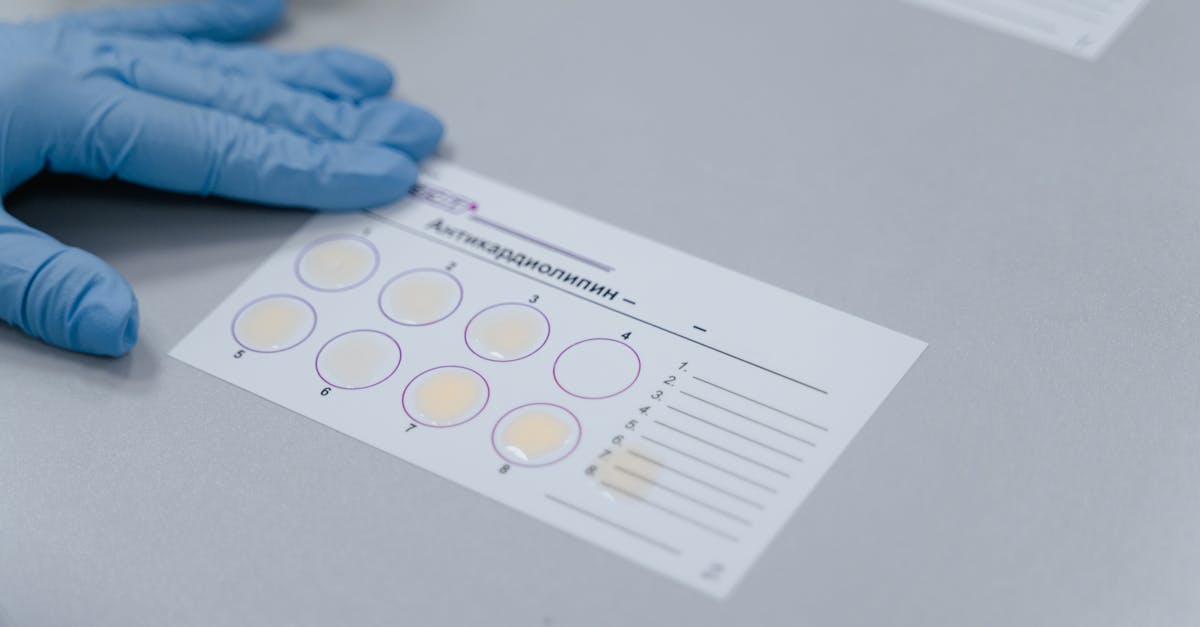The fight against cancer has made tremendous progress in recent years, particularly due to the development of new imaging protocols that facilitate patient monitoring. These technological innovations allow not only for more accurate diagnoses but also for better monitoring of ongoing treatments. Through this evolution, doctors can adjust therapies in real-time, providing greater hope to patients. The monitoring of cancers relies on a deep understanding of imaging modalities and their clinical application, which is crucial for optimizing care outcomes.
Evolution of Imaging Methods in Oncology
Traditional imaging techniques such as radiology, positron emission tomography (PET), and magnetic resonance imaging (MRI) have become indispensable in cancer management. However, the emergence of new methods has revolutionized this field. For example, the development of PET-MRI, which combines the metabolic imaging of PET with the spatial resolution of MRI, offers an unprecedented overview of tumor pathophysiology. This allows for a more comprehensive assessment of treatment responses.
New Imaging Techniques
Advancements include the use of new radiotracers that specifically target certain tumors, allowing for more accurate diagnoses. Radiotracers are substances labeled with a radioactive isotope that, when injected into the body, enable visualization of tumor cells due to their differing accumulation properties compared to healthy tissues. Furthermore, artificial intelligence (AI) tools are integrated into image processing to further enhance diagnostic accuracy, allowing for finer analyses of obtained images.
The Importance of Post-Treatment Monitoring
Monitoring patients after cancer treatment is essential for evaluating the effectiveness of administered therapies. Thanks to new imaging techniques, it is possible to detect early recurrences or metastases that might otherwise go unnoticed. Moreover, innovation in the field of radiopharmaceuticals enables theranostic approaches, combining diagnosis and therapy within the same strategy.
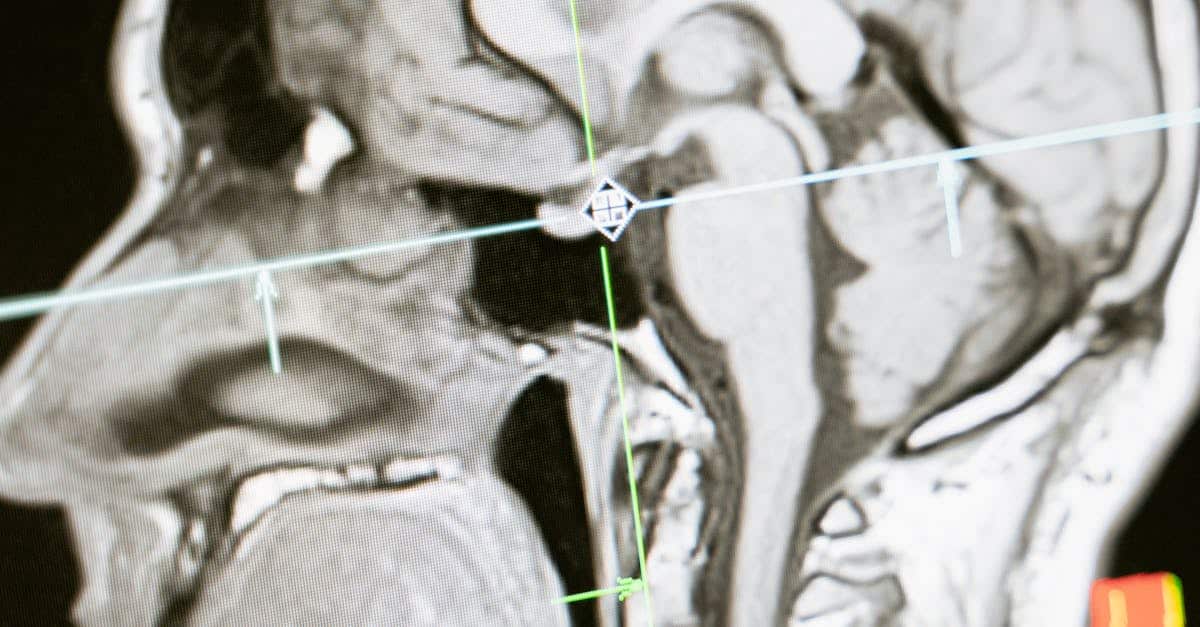
Integration of Artificial Intelligence in Cancer Monitoring
The application of AI in the field of medical imaging is one of the most promising developments. Indeed, machine learning algorithms are able to analyze medical imaging more quickly and often with greater accuracy than clinicians. These technological advancements not only increase productivity but also reduce false positives and negatives, thus facilitating more informed therapeutic decisions.
The Impact of AI on Diagnostics
AI tools can analyze massive volumes of image data, identify patterns, and detect anomalies invisible to the naked eye. The improvement in diagnostics translates into faster and more effective patient care. Additionally, AI can be used to predict treatment responses through predictive analyses, making cancer monitoring even more personalized.
Collaboration between Research and Clinical Practice
Ongoing research projects aim to strengthen collaboration between academic environments and practitioners. Data-sharing platforms feed training algorithms, allowing AI to continually evolve and adapt to new clinical discoveries. It is essential for healthcare professionals to be trained in the use of these tools to maximize their benefits in cancer monitoring.

New Radiopharmaceuticals and Targeted Therapies
Radiopharmaceuticals play a crucial role in the theranostic approach. By combining diagnostic and treatment agents, they allow for more precise targeting of tumor cells. The development of new radiotracers and radiopharmaceutical products has significantly improved cancer management. This is especially true for prostate cancers, where agents like PSMA are used.
Personalized Therapies in the Era of Theranostics
With the rise of personalized therapies, cancer treatment is becoming increasingly targeted. The use of new radiopharmaceuticals, specifically designed to meet the individual needs of patients, is a promising path for the future. This framework further improves care by integrating therapies tailored to the specific characteristics of tumors.
A Multimodal Approach to Patient Monitoring
Cancer treatments have benefited from the integration of multiple approaches, including surgical, radiotherapeutic, and pharmacological. Monitoring the treatment response must therefore be systematic, and new imaging protocols play a fundamental role in this. By providing precise visualizations of tissue response, these techniques allow for real-time adjustments to therapeutic decisions.
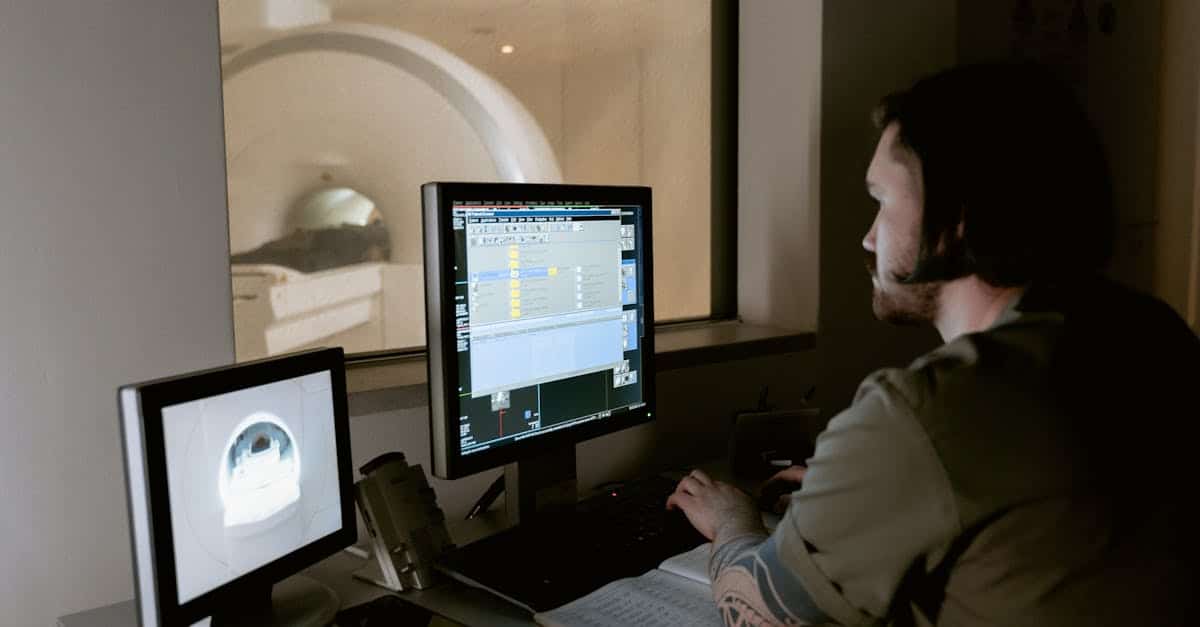
Conclusion without Conclusion
The landscape of cancer monitoring is undergoing significant evolution with the emergence of new imaging modalities. These technological advancements, combined with the expertise of healthcare professionals, offer considerable hope for improving patient care. The integration of AI, new radiopharmaceuticals, and multimodal approaches redefines the standards of oncological care. The vision for the coming years is one of precision medicine that not only improves survival rates but also ensures optimal quality of life for patients diagnosed with cancer.

